
Posts
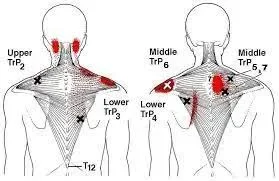
Trigger Points in Trapezius Muscle
A Trigger Point: What Is It? Trigger points in the trapezius muscle are common sources of pain and tension, often affecting the upper back, neck,...

Trigger Points in Hamstrings Muscle
Trigger points in the hamstring muscle are small, sensitive areas of tight muscle fibers that can cause significant pain and discomfort. Located in the back...
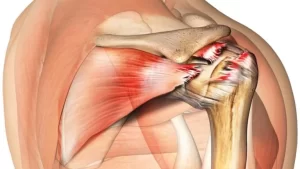
Infraspinatus Tendon Tear
Introduction The infraspinatus tendon tear is a shoulder injury affecting the infraspinatus muscle, one of the four muscles that make up the rotator cuff. This...

Trigger Points
What are Trigger Points? Trigger points, often called muscle “knots,” are sensitive areas within muscle fibers that can cause pain in other parts of the...
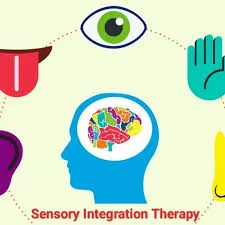
Sensory Integration Therapy (SIT)
What is a Sensory Integration Therapy? Sensory Integration Therapy (SIT) is a specialized therapeutic approach designed to help individuals process and respond more effectively to...
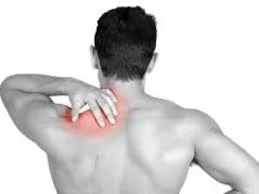
Trapezitis
Trapezitis: What is it? Trapezitis, also known as trapezius muscle strain or trapezius myalgia, is a condition characterized by inflammation and pain in the trapezius...
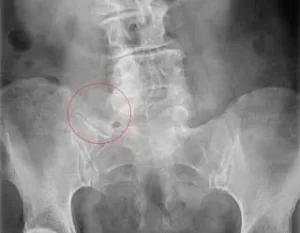
Bertolotti Syndrome
Bertolotti Syndrome: what is it? Bertolotti Syndrome is a condition characterized by the presence of a congenital anomaly known as a lumbosacral transitional vertebra (LSTV)....

Lead Pipe Rigidity
What is a Lead Pipe Rigidity? Lead pipe rigidity is a type of muscle stiffness commonly associated with neurological disorders, particularly Parkinson’s disease. It refers...
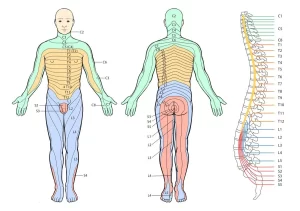
Dermatomes
Dermatomes: What are they? Dermatomes are skin sites that receive sensory information from the Afferent nerve fibers that emerge from a certain spinal nerve root’s dorsal...
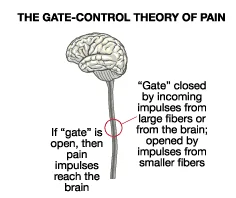
Gate Control Theory of Pain
The Gate Control Theory of Pain, proposed by Ronald Melzack and Patrick Wall in 1965, revolutionized our understanding of how pain is perceived in the...
